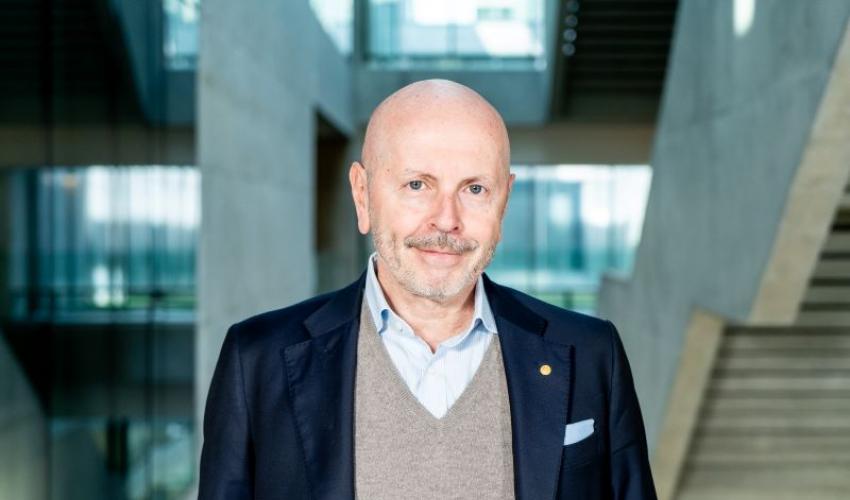
The Deadly Plot. Like Laocoon's Serpents
THE TOXIC EFFECT ON THE ECONOMY OF THE LINK BETWEEN CORRUPTION AND MONEY LAUNDERING IS ALL THE MORE HARMFUL BECAUSE IT UNFOLDS IN THREE SUCCESSIVE STAGES: TRIGGER, MULTIPLIER AND ACCELERATOR. WHEN IMPLEMENTING ANTICORRUPTION AND ANTIMONEY LAUNDERING REGULATIONS, IT IS ESSENTIAL TO BE AWARE OF THISby Donato Masciandaro, full professor at Department of economics
There is a widespread perception that corruption on the one hand, and money laundering on the other, are a toxin for the economy. Much rarer is the awareness that when the two phenomena intertwine, the toxic effect is even more harmful: like the two serpents with Laocoön, suffocation can be deadly.
In a recent study (Corruption and Money Laundering: You Scratch My Back, I'll Scratch Yours, Metroeconomica, October 2021), the intertwining of corruption and money laundering has been systematically analyzed for the first time, both theoretically and empirically. The intertwining of corruption and money laundering is "special" because it unfolds through three different channels: the trigger effect, the multiplier effect and the accelerator effect. These three effects can be highlighted starting from money laundering’s distinctive feature.
In fact, there is no economic crime that does not automatically produce a demand for money laundering. Anyone who commits a crime to gain an economic advantage has one goal: to minimize the likelihood of being discovered. Therefore, it is necessary to minimize the possibility that the offender can be traced back to the illegal income. The demand for money laundering is thus fueled by a public of criminals, who can be considered very different from other points of view: ranging from tax evaders to members of a criminal association. Here the trigger effect emerges: even the corrupt have an illegal income to hide and clean up, and therefore have a demand for money laundering.
But money laundering is not just a general crime; it is also the most toxic crime for the economic and financial fabric, and consequently the social and political fabric. Economic analysis should be given credit for identifying this crime’s features since the ‘90s, and it had already been the subject of interest in legal and criminological fields. Its distinctive feature is precisely its multiplier effect. The multiplier mechanism is based on the assumption that cleaned money can have three destinations: consumption and investment in legal and illegal sectors and activities respectively, with their respective rates of return. Illegal investment will generate income that automatically produces new demand for money laundering. The circle is closed: if there is a supply of effective money laundering services, the economic weight of those who commit crimes tends to rise in a society. Even the supply of money laundering, in advanced countries as in emerging ones, is old – think of banknotes – and new at the same time: for example even during the pandemic, new risk profiles that had already emerged became even more evident, such as money launderers operating in electronic channels, including cryptocurrencies.
Lastly, in the relationship between corruption and money laundering, a third effect may emerge: an accelerator. This effect arises from the fact that the effectiveness of anti-money laundering regulations depends on authorities' ability to detect so-called suspicious transactions. But in turn, suspicious transactions are reported by a whole range of professional operators, ranging from banks and post offices to gambling establishments. Yet, if those people charged with supervising or making reports are corrupt, the quality of suspicious transaction reports will drop and the effectiveness of money laundering operations will increase.
The intertwining of corruption and money laundering has been recorded both in advanced countries, especially in international transactions, and in emerging countries. There must be an increase in the awareness of the intertwining of the two phenomena when designing and implementing anti-corruption and anti-money laundering regulations, both nationally and internationally. Otherwise the risk of the two serpents suffocating Laocoön is bound to increase.
